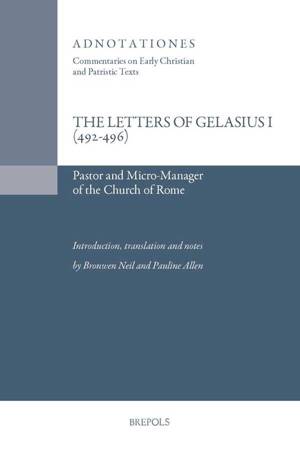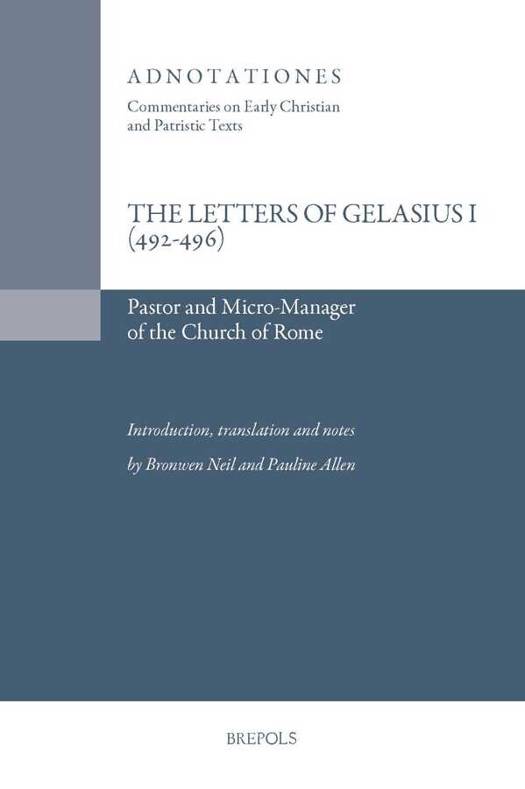
- Afhalen na 1 uur in een winkel met voorraad
- Gratis thuislevering in België vanaf € 30
- Ruim aanbod met 7 miljoen producten
- Afhalen na 1 uur in een winkel met voorraad
- Gratis thuislevering in België vanaf € 30
- Ruim aanbod met 7 miljoen producten
Zoeken
Omschrijving
While not completely neglected as a late-antique epistolographer, Gelasius has mainly been considered as a theologian prominent in the Acacian schism and as a forerunner of the mediaeval papacy. This imbalance will be redressed by considering his letters on various problems of his time, such as displaced persons, persecution, ransoming captives, papal property management, social and clerical abuses involving servants, orphans, slaves and slave-owners, the ordination of lower classes, preferential treatment of upper classes, the role of the papal scrinium, violent deaths of bishops, and the celebration of the pagan festival of the Lupercalia. This approach will round out the existing portrait of Gelasius, and make a contribution to a new history of the late-antique papacy, which will revise the view that Gregory the Great was a stand-alone micro-manager without precedent. Comparisons with earlier fifth-century popes like Innocent I and Leo I, and with later popes like Hormisdas and Pelagius I, show the trajectory from Gelasius to Gregory I.
Specificaties
Betrokkenen
- Auteur(s):
- Uitgeverij:
Inhoud
- Aantal bladzijden:
- 266
- Taal:
- Frans
Eigenschappen
- Productcode (EAN):
- 9782503552996
- Verschijningsdatum:
- 17/12/2014
- Uitvoering:
- Paperback
- Formaat:
- Trade paperback (VS)
- Afmetingen:
- 155 mm x 231 mm
- Gewicht:
- 453 g

Alleen bij Standaard Boekhandel
+ 169 punten op je klantenkaart van Standaard Boekhandel
Beoordelingen
We publiceren alleen reviews die voldoen aan de voorwaarden voor reviews. Bekijk onze voorwaarden voor reviews.











